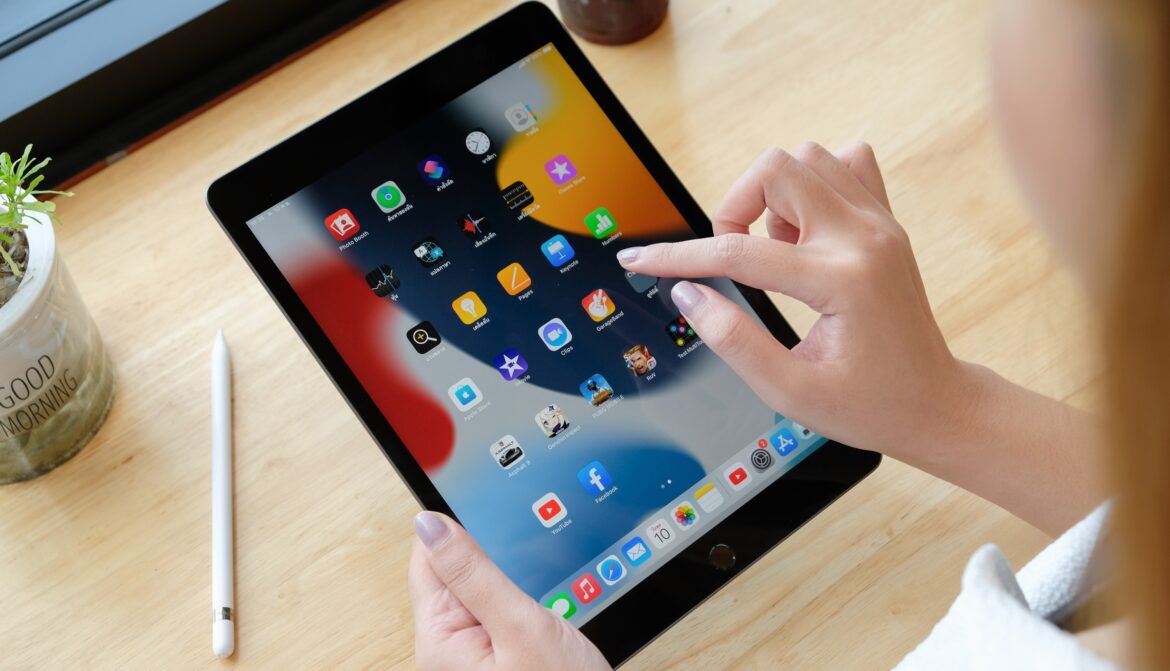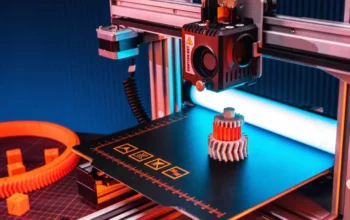Introduction
Tablets have become ubiquitous devices in the modern world, transforming the way we consume information, interact with technology, and perform various tasks. With their portability, versatility, and user-friendly interfaces, tablets have found applications in various domains, ranging from personal entertainment to business and education. This article explores the evolution of tablets, their technological advancements, market trends, and the ways in which these devices have shaped our lives.
The Birth of Tablets: A Historical Perspective
1.1 Early Concepts and Prototypes: The idea of tablet-like computing can be traced back to the 20th century, with early concepts such as the Dynabook proposed by Alan Kay in the 1960s. However, it was not until the 1990s that the first tablet-like devices, such as the GRiDPad and the Apple Newton, made their debut. These early prototypes laid the groundwork for the tablets we know today.
1.2 Pioneering Tablets: The late 2000s saw the emergence of groundbreaking tablets, such as the Apple iPad, which revolutionized the market with its sleek design, intuitive touch interface, and a vast selection of apps. The success of the iPad spurred other manufacturers to develop their own tablets, leading to a surge in tablet availability and popularity.
Technological Advancements in Tablets
2.1 Touchscreen Technology: The introduction of capacitive touchscreen technology allowed for more accurate and responsive touch interactions, making tablets easier to use and more enjoyable for consumers.
2.2 Processing Power and Performance: Advances in processor technology have significantly increased the processing power and performance of tablets, enabling seamless multitasking, gaming, and multimedia experiences.
2.3 Display Technology: High-resolution displays, such as Retina displays, AMOLED, and OLED screens, have enhanced the visual quality of tablets, making them ideal for watching videos, playing games, and reading.
2.4 Connectivity and Networking: Tablets have evolved to support various connectivity options, including Wi-Fi, cellular data, and Bluetooth, allowing users to stay connected and access online resources wherever they go.
Tablets in Education and Learning
3.1 Digital Learning Tools: Tablets have become invaluable tools in the educational sphere, offering interactive and engaging learning experiences. Educational apps, e-books, and multimedia content have revolutionized the way students learn and teachers instruct.
3.2 Personalized Learning: Tablets enable personalized learning experiences by tailoring educational content to individual student needs and learning styles. Adaptive learning apps and platforms have gained popularity, helping students progress at their own pace.
3.3 Remote Learning: The COVID-19 pandemic accelerated the adoption of tablets in remote learning scenarios. Tablets provided students with a means to attend virtual classes, collaborate with peers, and access educational resources from home.
Tablets in Business and Productivity
4.1 Enterprise Mobility: Tablets have become essential tools for businesses, offering mobility and productivity on the go. They are used for sales presentations, inventory management, fieldwork, and customer service, among other applications.
4.2 Mobile Point of Sale (mPOS): Tablets have disrupted traditional point-of-sale systems, allowing businesses to adopt mobile payment processing and create a seamless customer experience.
4.3 Productivity Apps and Cloud Integration: Tablets offer a wide range of productivity apps and seamless integration with cloud services, making it easy for users to access and edit documents, spreadsheets, and presentations.
Entertainment and Media Consumption
5.1 Gaming: Tablets have become popular gaming devices, offering immersive gaming experiences with touch-based controls and powerful processors that rival gaming consoles.
5.2 Streaming Services: Tablets are ideal for streaming movies, TV shows, and videos, offering a portable, high-quality viewing experience.
5.3 E-Reading: The rise of e-readers and e-books has transformed the way people read, with tablets serving as versatile e-readers that can store and display an extensive library of books.
Challenges and Limitations of Tablets
6.1 Battery Life: Despite advancements in battery technology, the battery life of tablets remains a limiting factor, especially for users who rely heavily on their devices throughout the day.
6.2 Multitasking and Productivity: While tablets offer impressive multitasking capabilities, some users still find traditional desktops or laptops more suitable for complex productivity tasks.
6.3 Content Creation: Tablets excel at content consumption, but content creation tasks such as video editing or graphic design may be more cumbersome on a tablet compared to a dedicated workstation.
6.4 Data Security: The portability of tablets makes them susceptible to theft or loss, raising concerns about data security and privacy. Ensuring robust security measures is crucial for protecting sensitive information.
The Future of Tablets
7.1 Foldable and Dual-Screen Tablets: The development of foldable and dual-screen tablets presents exciting possibilities for enhanced multitasking, increased screen real estate, and novel user experiences.
7.2 5G Integration: The integration of 5G technology will enable faster data transfer and better connectivity, enhancing the performance and capabilities of tablets.
7.3 Augmented Reality (AR) and Virtual Reality (VR): Tablets are likely to adopt AR and VR technologies, opening up new opportunities in gaming, education, and entertainment.
7.4 Sustainability and Environmental Concerns: As the technology sector embraces sustainability, the design and manufacturing of tablets will likely incorporate eco-friendly materials and energy-efficient features.
Conclusion
Tablets have come a long way from early prototypes to versatile and indispensable devices in our daily lives. Their impact spans across various sectors, from education to business, entertainment to productivity. As technology continues to evolve, tablets will likely witness further advancements, ushering in new possibilities and applications. With their portability, user-friendly interfaces, and vast array of capabilities, tablets are poised to remain a fundamental part of our digital world, transforming the way we work, learn, and stay entertained for years to come.



